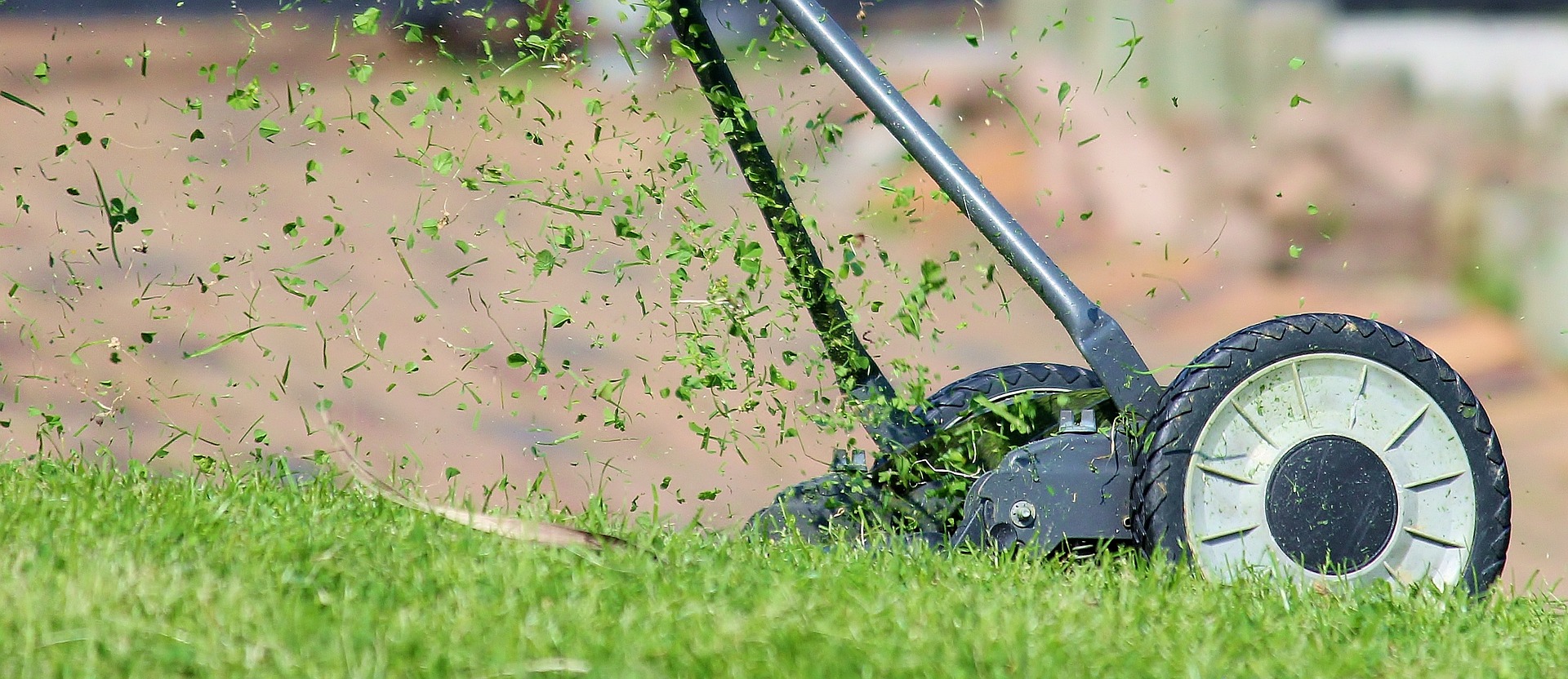Shortcuts
When it comes to mowing, skip the buzz cut to ensure a healthy lawn
By Thomas Christopher
Several years ago, when I was first investigating no-mow lawns, I planted one for a neighbor. His back yard had been torn up by the removal of several large Norway spruces, and the subsequent extraction of the stumps. I tilled the soil, graded it with a hand rake and sowed a mixture of fine fescue seeds.
The new lawn was coming in well. But then, when I came to check on it one morning, I found it shaved nearly to the ground. I raised this issue with the neighbor, and he replied that the grass had been getting long. I explained (again) that the grasses I had planted would naturally top out at four to six inches and that they didn’t need mowing except maybe once a year in June when they sent up their seed stalks. The neighbor listened politely. Then, the next week, he shaved the lawn again. Apparently, as a retiree, he had no other way to fill his day. I suggested that he at least raise his mower blade. He replied that his mower blade was already at its highest setting. Whereupon I bowed out – it was not my lawn, after all, and not really my business how he chose to maintain it. However, the lawn did soon begin to degenerate. The grass was starved by being kept so short, and with the sun penetrating down to the soil, weeds sprouted all over.
My neighbor’s impulse to go for the buzz cut is actually a fairly common one. I would say that fifty percent or more of the lawns I see are cut too short. It seems to be an especially common failing of commercial lawn services. They cut the grass short, I suspect, to make customers feel like they are getting their money’s worth. Home greenskeepers may shave their turf with the idea that by doing so they will have to mow less often. In fact, that may be the case, but only because the turf is traumatized by this treatment.
Think of this situation from the grass’ perspective. Like all green plants, the grass feeds itself by absorbing energy from sunlight. When you remove nearly all of its leaf blades, you also cut off nearly all of the grass’ ability to capture sunlight and synthesize food. Such short-cut lawns tend to be thin and threadbare. This leaves lots of room for weed invasion, and, as I mentioned with regard to my neighbor’s lawn, the greater penetration of sun to soil stimulates weed germination. The penetration of sun to the soil also causes the lawn to dry out and more quickly; a taller, thicker lawn shades the ground beneath it, acting like a living mulch to keep the grass roots cooler and moister, and so healthier. For the same reason, a short cut also reduces the lawn’s ability to cope with heat.
Of course, you can also cut a lawn too infrequently, for most turf grasses have an optimum height at which they grow best. This varies with the type of grass. Kentucky bluegrass, for example, should be cut when it reaches a height of more than 3.5 inches, whereas perennial ryegrass needs cutting when it exceeds 2.5 inches. Turf-type tall fescues, as their name suggests, prefer to be longer, as much as 4 inches tall. The fine fescues – chewings, hard, and creeping red fescues — are the materials for “no-mow” lawns and can be allowed to flourish un-cut if you don’t mind a shaggy look. If you want to maintain them as a mown lawn, cut them at four inches.
Most lawns are a blend of different types of grasses and should be cut at the optimum height of the dominant type of grass, the one that contributes to the bulk of the blend.
It’s especially important not to cut a lawn too short during the heat and drought stress of summertime. That’s when your lawn needs the extra coverage the most, just as you need to shade yourself with a hat at that season.
Thomas Christopher is the co-author of “Garden Revolution” (Timber Press, 2016) and is a volunteer at Berkshire Botanical Garden. berkshirebotanical.org
Be-a-Better-Gardener is a community service of Berkshire Botanical Garden, one of the nation’s oldest botanical gardens in Stockbridge, MA. Its mission to provide knowledge of gardening and the environment through 25 display gardens and a diverse range of classes informs and inspires thousands of students and visitors on horticultural topics every year. Thomas Christopher is the co-author of Garden Revolution (Timber press, 2016) and is a volunteer at Berkshire Botanical Garden. berkshirebotanical.org.




